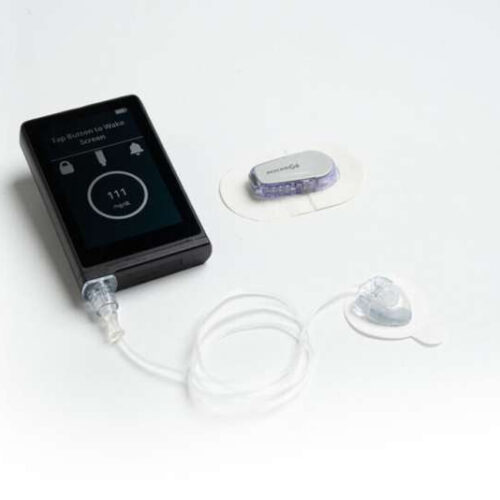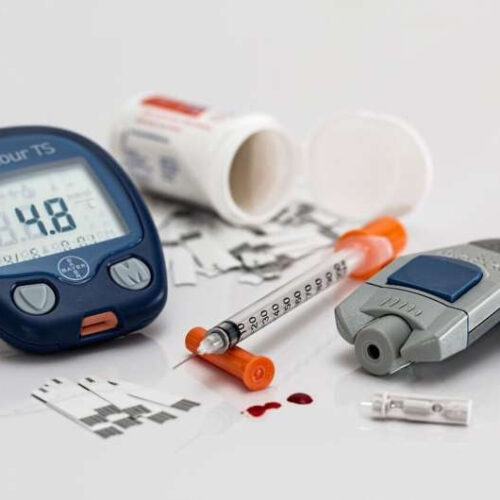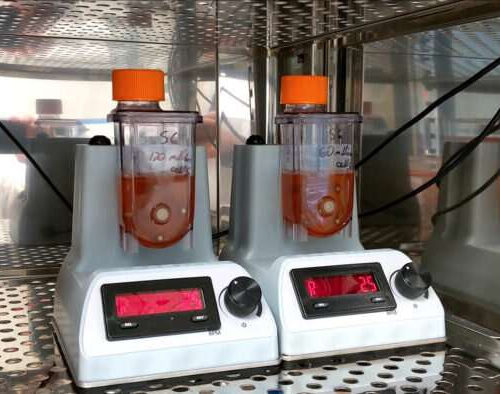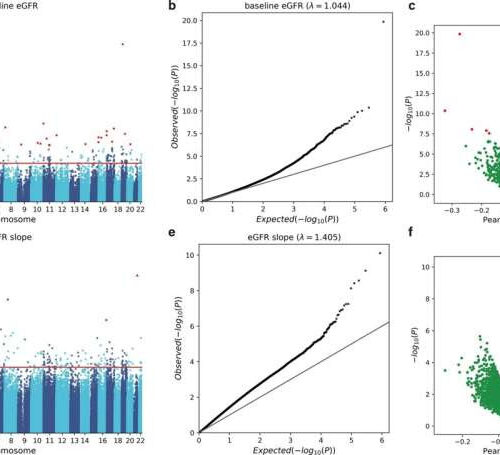by Andrew Thurston, Boston University The iLet Bionic Pancreas is billed as the “first and only automated insulin-delivery system that determines 100 percent of all insulin doses.”. Credit: Beta Bionics A bionic pancreas—a wearable, pocket-sized, automated insulin delivery device—that was first developed in a Boston University lab has been cleared by the U.S. Food and Drug...
Category: <span>Diabetes</span>
Afternoon exercise linked with greater improvements in blood sugar levels for patients with type 2 diabetes
by Brigham and Women’s Hospital Credit: Pixabay/CC0 Public Domain Over 37 million Americans have diabetes, and 90 to 95% of that population are diagnosed with type 2 diabetes. Lifestyle interventions, such as a healthy diet and a regular physical activity program, are methods to manage diabetes. A new study from a collaboration of investigators at Brigham...
Stomach stem cells hold promise as a cure for diabetes
By Paul McClure May 25, 2023 Researchers have converted human stomach stem cells into insulin-producing cells that respond to blood glucose levels, mimicking the actions of healthy pancreas cells Depositphotos Researchers have taken stem cells from the human stomach and converted them into insulin-producing cells that respond to changes in blood glucose levels like healthy pancreatic...
New study shows 1 in 5 ‘healthy’ individuals actually have the metabolism of a prediabetic
by Klick Applied Sciences Credit: Pixabay/CC0 Public Domain Scientists at Klick Labs have developed a new way to catch the earliest signs the human body is failing to control blood glucose levels before they reach prediabetic levels in patients. In findings published today in Mayo Clinic Proceedings: Digital Health, researchers have outlined a new method of analysis that...
CGM Completes Picture of A1c in Type 2 Diabetes
Marlene Busko May 12, 2023 Time-in-range (TIR) readings from a continuous glucose monitor (CGM) complemented A1c readings and provided a more complete picture of glucose control in patients with type 2 diabetes taking basal insulin, in a post-hoc analysis of the SWITCH PRO clinical trial. TIR was inversely related to A1c, with the strongest correlation following treatment intensification. However, “there was a wide scatter of...
New research may lead to improved insulin-secreting cells derived from stem cells
by Jim Dryden, Washington University School of Medicine in St. Louis Using single-cell sequencing technology, diabetes researchers at Washington University School of Medicine in St. Louis have learned why islet beta cells produced from stem cells may not be as good at making insulin in response to blood sugar. The findings could improve treatment for those...
Reversing insulin resistance in liver cells could treat type 2 diabetes
AMERICAN CHEMICAL SOCIETY Although diabetes is a common condition, no cure exists yet. Current therapies can manage blood sugar levels, but they do not address insulin resistance. But now, recent research reported in ACS Nano shows that targeting certain highly reactive molecules in the liver can reverse insulin resistance in human liver cells and diabetic...
PROPER CHEWING MAY LOWER BLOOD SUGAR IN PEOPLE WITH DIABETES
The retrospective study, published in PLOS ONE, looked at data gathered from 94 patients with type 2 diabetes who had been seen at an outpatient clinic in a hospital in Istanbul, Turkey. The researchers divided the patients into two groups: the first group included patients who had good “occlusal function”—enough teeth placed properly and making contact in such a way that a...
New algorithm can predict diabetic kidney disease
by Sanford Burnham Prebys Medical Discovery Institute Association between CpG methylation and renal function. The methylation level of each CpG site was tested for its association with baseline eGFR (a–c) and eGFR slope (d–f). The results of all the 434,908 CpG sites analyzed in this study are shown using Manhattan plots (a, d), quantile–quantile (QQ) plots (b, e),...
New AACE Type 2 Diabetes Algorithm Individualizes Care
Miriam E. Tucker May 05, 2023 SEATTLE — The latest American Association of Clinical Endocrinology (AACE) type 2 diabetes management algorithm uses graphics to focus on individualized care while adding newly compiled information about medication access and affordability, vaccinations, and weight loss drugs. The clinical guidance document was presented May 5 at the AACE Annual Meeting 2023 and simultaneously published in Endocrine Practice. Using...






